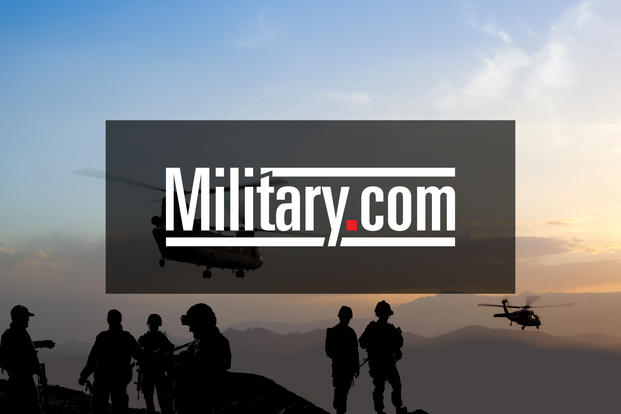U.S. Special Forces troops in Syria have been ordered to stop wearing the arm patches of a Kurdish rebel group regarded as an offshoot of a terrorist organization by Turkey, a U.S. military spokesman said Friday.
"Wearing those patches was unauthorized and inappropriate and corrective action has been taken. We have communicated as much" to NATO ally Turkey, said Army Col. Steve Warren, a spokesman for Combined Joint Task Force-Operation Inherent Resolve in Baghdad.
Warren said the order to take off the patches came directly from the CJTF commander, Army Lt. Gen. Sean MacFarland. The "corrective action" was not expected to involve reprimands or other disciplinary measures beyond the order to take off the insignia.
Warren announced the order after Agence France Presse published photos of several well-armed and equipped troops identified by local leaders as Americans who were at or near the front lines with the U.S.-backed Syrian Democratic Forces, or SDF, moving towards Raqqa, the self-proclaimed capital of the Islamic State of Iraq and Syria, or ISIS.
At least one of the individuals in the photos was wearing the army patch of the Kurdish People’s Protection Unit, known as the YPG. Warren confirmed that all of the individuals in the photos were U.S. Special forces troops.
Although the U.S. has backed the YPG with airstrikes and supplies, and its fighters have proven to be among the most effective in Syria’s multi-sided civil war, Turkey has branded the group as the military wing of the Kurdish Workers Party, or PKK. Both Turkey and the U.S. have labeled the PKK as a terrorist organization.
Turkey’s Foreign Minister Mevlut Cavusoglu on Friday called the U.S. "two-faced" for refusing to call the YPG a terrorist group along with the PKK.
"If they (U.S. officials) say 'We don't see the YPG and these terrorist groups as the same,' my answer is, that is a double standard and two-faced," Cavusoglu said at a United Nations summit in Turkey. "It is unacceptable for U.S. soldiers to use the insignia of the YPG, a terrorist group," he said.
However, the YPG dominates in the umbrella group SDF, which also includes Arab and Christian fighters, and has notched victories against ISIS in northeastern Syria in the defense of the flashpoint border town of Kobane and in liberating Shaddadi, a key connector between Raqqa and Mosul, the main ISIS stronghold in Iraq.
While not disparaging the YPG, Warren said that Lt. Gen. MacFarland "wants to make it very clear"´that "our focus is to provide advice and assistance to the SDF – particularly the Syrian Arab component."
Despite the order to take off the YPG insignia, Warren acknowledged that "the Special Forces community has a long and proud history of wearing such patches" in their train, advise and assist role with local partnered forces around the world. In the case of the YPG, "political sensitivities" argued against wearing them, he said.
The photos also stirred up another controversy on whether the Special Forces troops were at or near the front lines, in military jargon the Forward Line of Troops, or FLOT. The photos taken near the town of Fatisah appeared to put them within 30 miles of Raqqa, and several published reports put them within 18 miles of Raqqa.
Under the rules of engagement, U.S. troops in both Iraq and Syria are barred from a "combat" role, and are limited to a train, advise and assist mission intended to keep them well behind the FLOT.
In moving with local forces, U.S. Special Forces troops were expected to "position themselves where contact was unlikely -- before they go somewhere, they ensure that wherever they go, enemy contact is unlikely," Warren said.
The general rule was that U.S. troops should stay at least a "terrain feature" away from the enemy, Warren said, but he acknowledged that the front lines can be fluid in both Iraq and Syria. To his knowledge, U.S. Special Forces in Syria have yet to fire a round in working in support of local groups, Warren said.
-- Richard Sisk can be reached at richard.sisk@military.com





























